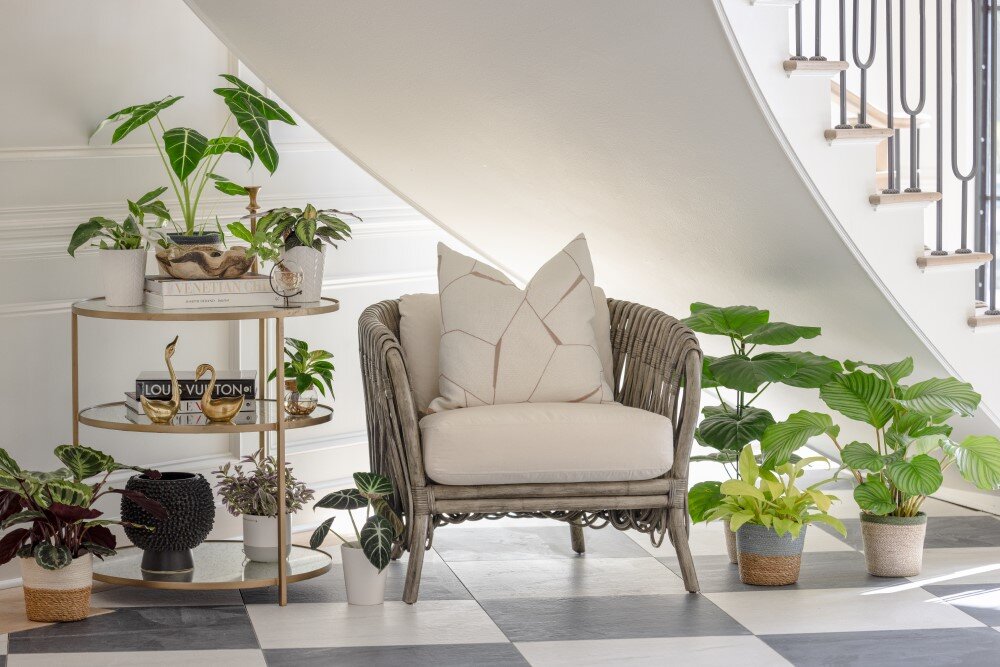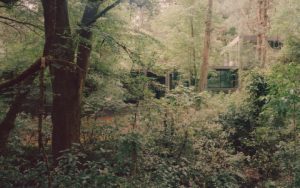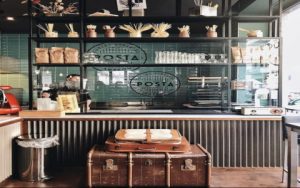Maximizing Garden Appeal
Strategic Planting: Create layered depth using tall shrubs or small trees (e.g., Japanese Maple, Crape Myrtle) for the backdrop, mid-height flowering perennials (e.g., Hydrangeas, Coneflowers, Salvia) in the middle, and low-growing groundcovers or annuals (e.g., Creeping Thyme, Alyssum) in front. Include evergreen elements like Boxwood for year-round structure. Prioritize native plants for lower maintenance and better wildlife support.
Hardscape & Furniture: Define functional zones (dining, lounging, pathways) using materials like flagstone pavers or gravel. Choose high-quality, weather-resistant furniture:
- Materials: Teak (natural aging), Powder-coated Aluminum (lightweight), Poly Lumber (durable, low-maintenance), Wrought Iron (classic).
- Essentials: Comfortable seating (deep-seated sofas, loungers), sturdy dining sets sized appropriately for your space. Add waterproof cushions for comfort.
Vertical Interest: Utilize walls and fences with climbing plants (Clematis, Jasmine), vertical planters, or trellises. Enhance ambiance with soft, strategic solar or low-voltage LED pathway and accent lighting.

Elevating Interior Spaces
Thoughtful Plant Integration: Select plants based on light conditions and care commitment.
- Bright Indirect Light: Fiddle Leaf Fig, Bird of Paradise, Monstera.
- Medium/Low Light: Snake Plant, ZZ Plant, Pothos, Peace Lily.
- Air Quality Boosters: Spider Plant, Boston Fern, Areca Palm.
Use varied planter heights and styles (macramé hangers, decorative ceramic pots) for visual interest. Group plants with similar needs to create microclimates.
Functional & Stylish Furniture:
- Layout Principles: Prioritize flow and conversation. Arrange seating to face each other. Define areas with rugs (ensure front legs of furniture rest on it). Utilize multi-functional pieces like ottomans with storage, sleeper sofas, or console tables.
- Scale & Proportion: Ensure furniture fits the room – avoid oversized pieces cramping space or undersized ones feeling lost. Consider the scale of plants relative to furniture.
- Textural Layering: Combine different materials (wood, metal, glass, upholstery in linen, velvet, leather) and textures (woven baskets, knit throws, smooth ceramics) for visual depth and tactile appeal.
Accent Cohesion: Use textiles (rugs, cushions, throws), artwork, mirrors, and lighting fixtures in a cohesive color scheme to tie the space together. Bold accent pieces add personality.





